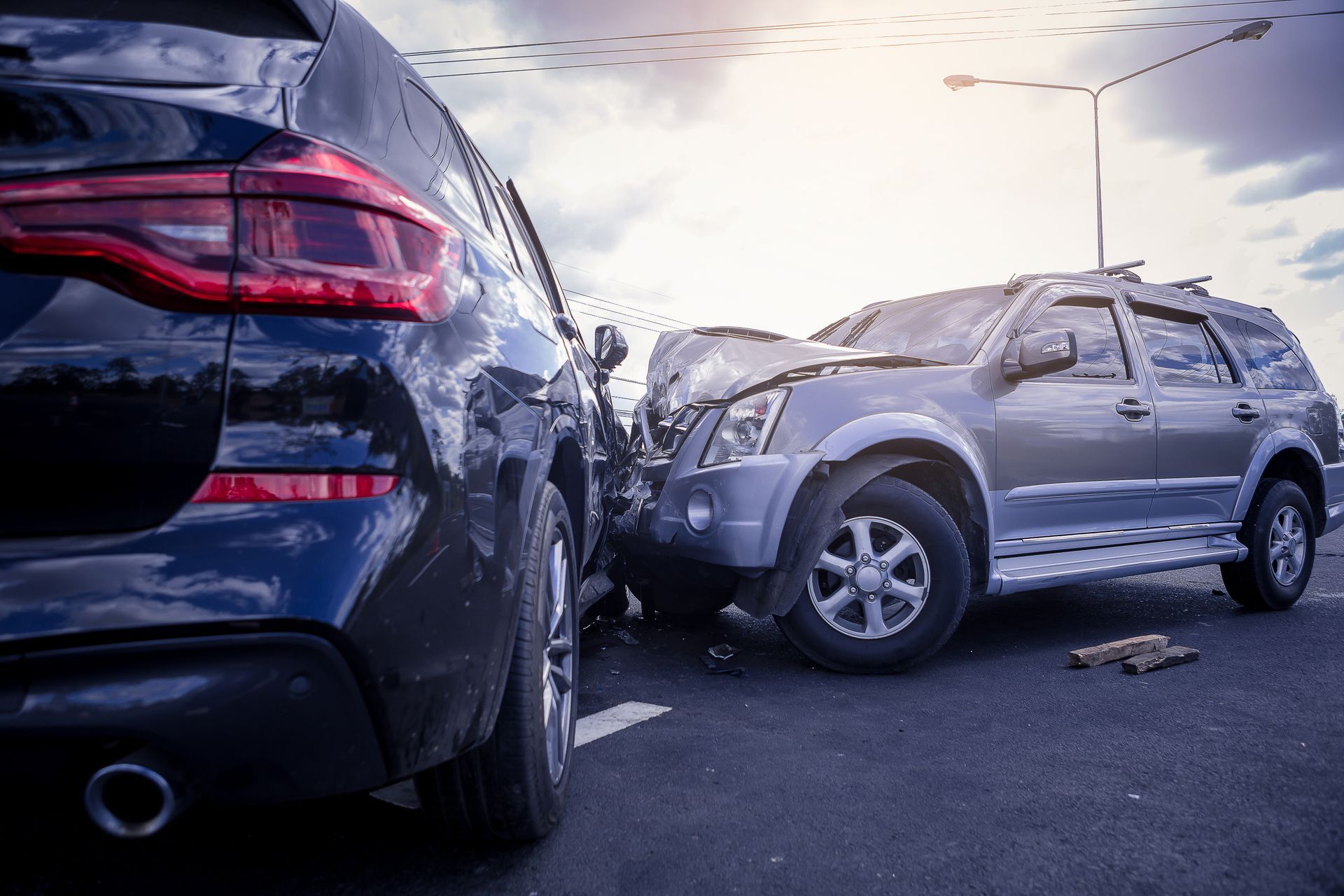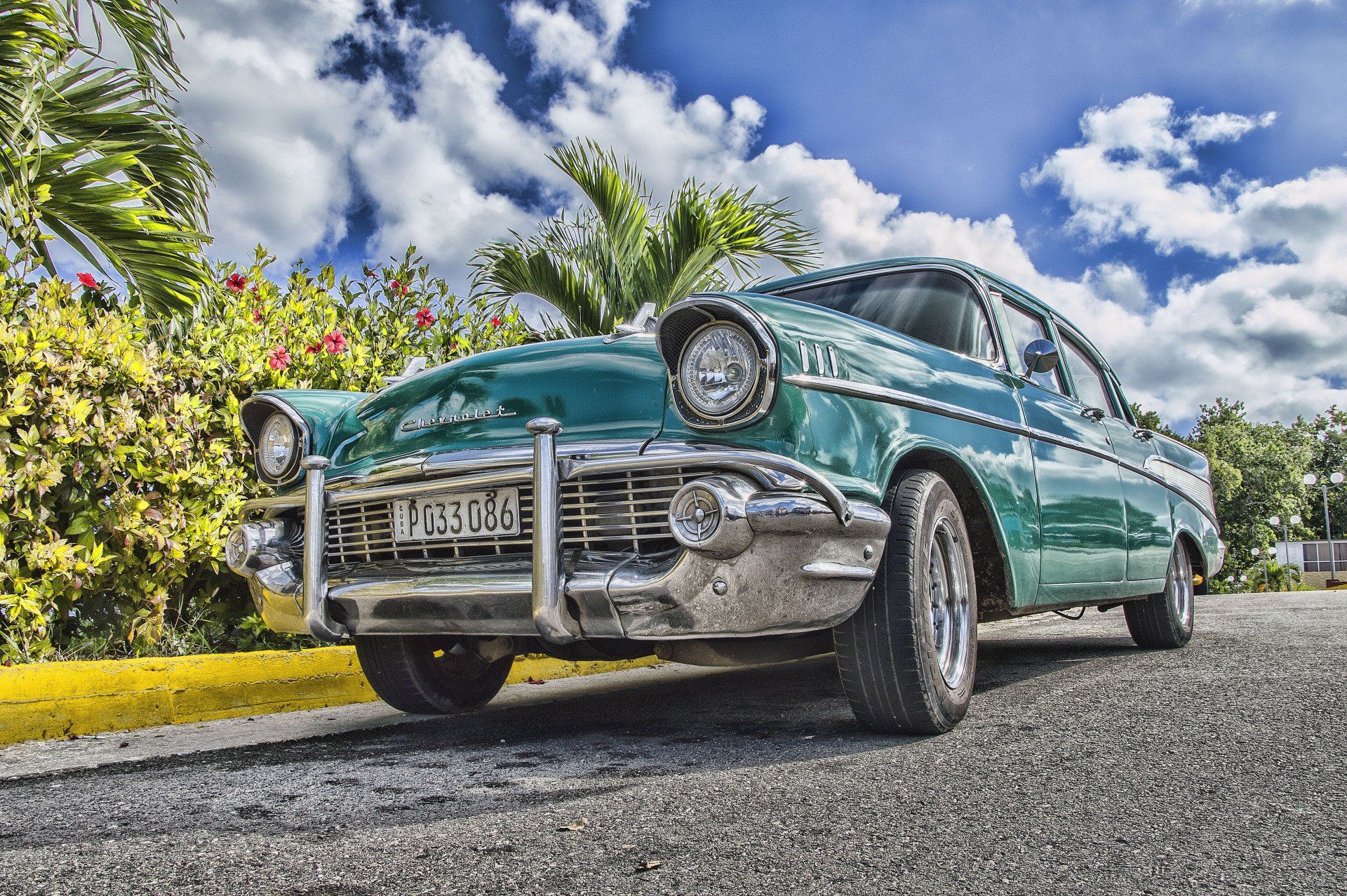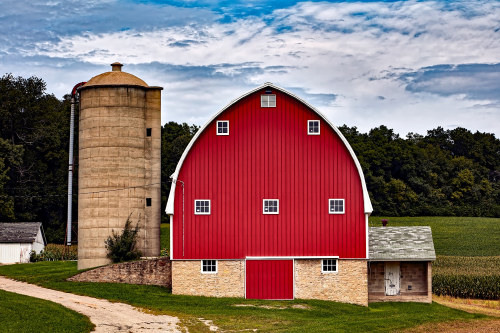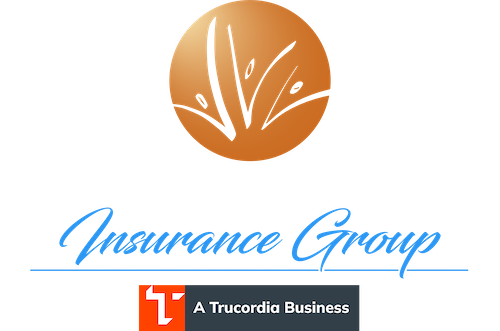As the air grows warmer, it is time to finally bring your classic car out from hiding and show it off on the road, whether it be taking small trips or going to shows with likeminded drivers. Before you take off on the road, though, it is important to make sure to review your auto insurance policy.
A basic auto insurance policy may not cover your classic car as completely as you want. 
The key difference between classic car insurance and normal car insurance is the use. Most insurers place restrictions on the amount you can drive a classic vehicle. This is both to limit the risk of an accident for the classic car and can save you money.
Classic cars are generally used only for show, so traveling simply to car shows shouldn’t affect your classic car insurance premiums.
What is Considered a Classic Car?
Just because a car is old does not make it a classic car. Different elements determine if your car qualifies for classic car insurance.
Many insurance companies define classic cars as collectible cars. Being a collectible car generally means that the car is a vintage model that is desirable (well-maintained). The definition varies. Some insurance companies even place time limits on when a car is classic. A car built in 1970 may qualify as classic, but one built in 1980 may not.
What Type of Insurance Does My Classic Car Need?
Most classic car policies offer some of the same coverage as other auto policies, including state required liability.
In Ohio, for example, all drivers of any vehicle must carry at least:
-
$25,000 in bodily injury liability per person
-
$50,000 in bodily injury liability per accident
-
$25,000 in property damage liability
Full coverage is recommended for most vehicles, however, especially you valuable classic car. Full coverage may include:
-
Comprehensive Coverage : Comprehensive coverage provides compensation for damages to the vehicle caused by fire, wind, hail, lightning, smoke, theft, vandalism and other incidents not involving collision.
-
Collision Coverage : Collision coverage provides compensation for damages to the vehicle caused by a collision with another vehicle or object.
-
Liability : Liability insurance covers bodily injury and property damage you may cause someone else while operating the insured vehicle.
-
Medical Payments Coverage : Medical payments coverage provides compensation for medical bills you and your passengers may face after an accident, no matter who caused the accident.
-
Uninsured/Underinsured Motorist Coverage : This insurance covers damages that occur in an accident involving another driver who is not carrying insurance.
-
Roadside Assistance : Roadside assistance covers trip interruption expenses such as running out of gas or needing to be towed.
However, because your car is a classic car, you often use it in unique ways. You take it to auto shows, or only drive it seasonally.
Your auto insurance company may offer special coverage and certain discounts based on your habits. If you only use your car during certain times of the year, you may only need to buy a seasonal car insurance policy. You can often purchase additional coverage to protect your vehicle and liability claims that could exceed your vehicle’s minimum requirements.
You might also be able to add coverage riders to cover things like the replacement costs of classic parts.
How Much Does Classic Car Insurance Cost?
Keep in mind that car insurance rates are generally based on depreciating value. The less your car is worth, the lower insurance rate you will generally pay. Age depreciates the value of cars, but this is not necessarily true with classic cars. In fact, depending on the condition of the vehicle, you could see a rise in your vehicle’s value.
You may have spent a lot of money restoring your classic car. Your car may be worth much more because of your investments in it. You might wind up paying a higher insurance rate to protect the car based on its value.
Agencies might also set other parameters for the price of coverage. You might have to keep your car parked in a garage or service it regularly to keep your rates.
Other factors influencing the cost of your classic car may include your:
-
Location
-
Driving record
-
Coverage limits
-
Age
-
Gender
-
Credit score
-
Deductible
Connect with your insurance agent about ways you can save money on your classic car insurance. Ask about discounts you may qualify for as well as safety measures you may take to protect your classic car and lower your insurance rates.
OTHER POSTS










